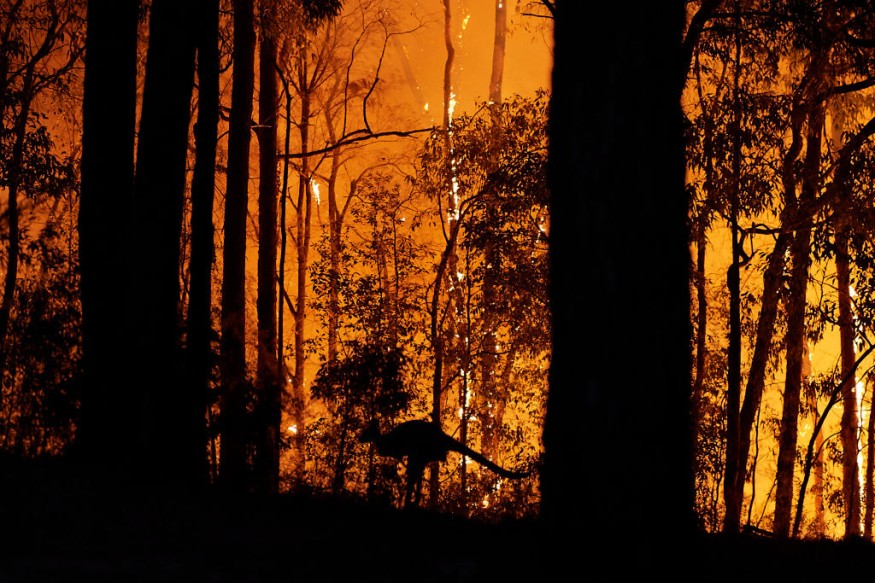Researchers raised concerns about the impact of fire frequency on the environment and wildlife. Ecosystem collapse is possible when wildfires become more often and uncontrollable.
Wildfires can spread in an instant. The dry conditions and soaring temperatures fanned by strong winds can unleash deadly fires in forests, affecting communities and wildlife.
El Nino and climate change also play critical players in the lengthened and challenging bushfires in parts of Australia.
As the country faces fire threats, communities and homeowners are advised to stay alert for possible fires. A fire danger plan can help families evacuate and stay safe from bushfires or wildfires immediately.
Increasing fire frequency and impact on ecosystems

According to a new study published in Ecosphere, researchers explained that fires can also unfold due to limited humidity and prolonged drought conditions.
Areas lacking rainfall could also be at risk of fire danger.
In addition, fire dangers can also likely occur in high-elevation areas due to the possibility of lightning strikes.
Meanwhile, steep slopes of forests are at risk of fires because fires can quickly spread in said areas.
In the new report, the Australian National University (ANU) and Curtin University researchers observed fire conditions in Victoria from 2001 to 2020.
Understanding the frequency of impacts is essential to develop plans to prevent the massive effects on ecosystems and communities.
Australia also experienced lengthened drought conditions due to a lack of rainfall and record-high temperatures.
According to Professor David Lindenmayer, the increasing fire frequency can raise significant concerns for ecosystem collapse and degradation.
Fires can also threaten logged and regenerated areas. Professor Lindenmayer serves as the lead author of the study.
The research added the urgent need for long-term solutions to address the threats of wildfires in burning areas, especially logging activities.
Mitigation plans and early detection can become successful steps to become fire-resilient and reduce the devastating impacts on ecosystems.
Impact of Fires on Purple-Crowned Fairy-Wrens
According to a recent study, riparian habitats are at risk of fire frequency and intensity, adding to the importance of long-term monitoring of the effects of fire on riparian birds.
Riparian areas are sensitive to fires, even low-intensity fires. The increasing fires can harm bird populations, resulting in population decline.
The researchers also noted the impact of fires on rare Purple-Crowned Fairy-Wrens (Malurus coratus) that live in riparian areas in parts of Northern Australia.
The said birds are significant bioindicators in major ecosystems, and the protection of their species is crucial, as climate change and El Nino can worsen the impact of heat and fire.
According to Australia Wildlife Conservancy, the Purple-crowned Fairy-wren thrives in riparian vegetation. The western species of the bird is considered endangered, with about 5,000 to 9,800 species.
The said bird can likely live up to 10 years, preying on small insects and seeds.
Related Article : Purple-Crowned Fairy-Wrens Survival Endangered Due to Wildfires in Northern Australia
For more similar stories, don't forget to follow Nature World News.
© 2025 NatureWorldNews.com All rights reserved. Do not reproduce without permission.





